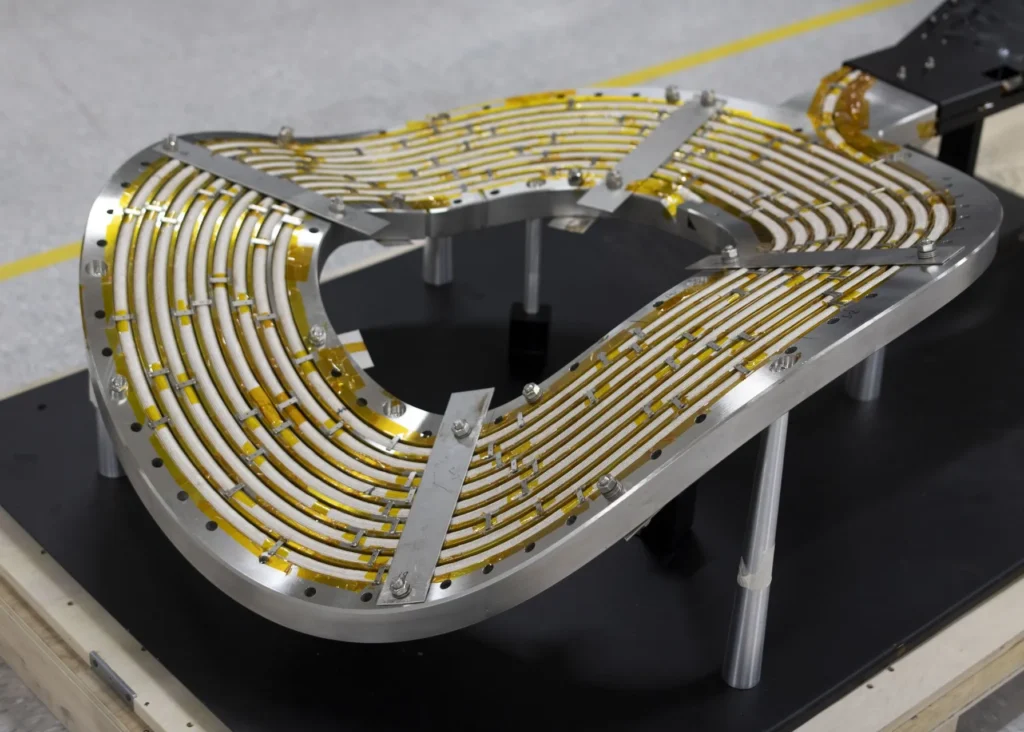
Type One Energy Achieves Milestone in Fusion Energy with Successful Testing of Advanced Stellarator Magnet
Type One Energy has announced a significant advancement in fusion energy technology with the successful testing of its high-temperature superconducting (HTS) magnet, designed for use in stellarator reactors. This achievement marks a pivotal step toward the commercialization of fusion energy, positioning stellarators as a viable pathway to sustainable and virtually limitless power generation.
Background on Stellarator Technology
Stellarators are a class of magnetic confinement devices used to contain hot plasma necessary for nuclear fusion. Unlike tokamaks, which rely on induced plasma currents for confinement, stellarators use intricate arrays of external magnets to create twisted magnetic fields, offering inherent stability and continuous operation capabilities. This design minimizes the risk of plasma disruptions, a common challenge in tokamak systems, making stellarators a promising candidate for steady-state fusion reactors.
Development of the HTS Magnet
Over an accelerated 18-month period, Type One Energy developed what is now considered the world’s most advanced modular HTS stellarator magnet. This rapid development was facilitated by the company’s access to the Massachusetts Institute of Technology’s (MIT) VIPER technology for HTS cables, obtained through a sub-license from Commonwealth Fusion Systems (CFS). By leveraging MIT’s decade-long research and integrating it with proprietary innovations, Type One Energy has significantly reduced the development timeline and associated risks for its HTS magnets.
Testing and Validation

The initial tests of the HTS magnet were conducted at Type One Energy’s Magnet Prototype and Test Facility in Woburn, Massachusetts. Under the leadership of Jenelle Canny, the HTS Magnet Development Program manager, the team successfully evaluated the magnet’s performance at a temperature of 77 Kelvin, confirming the design’s viability. These tests represent the onset of an extensive evaluation campaign, with future assessments planned at MIT’s Plasma Science and Fusion Center. Subsequent tests will explore performance at lower temperatures and assess the magnet’s operational limits.
Implications for the Infinity Two Power Plant
The successful development and testing of the HTS magnet are integral to the design of Type One Energy’s proposed Infinity Two fusion power plant. This facility, being developed in collaboration with the Tennessee Valley Authority (TVA), aims to deliver a 350 MWe stellarator fusion power plant by the mid-2030s. The Infinity Two project seeks to repurpose retired fossil fuel infrastructure, aligning with broader goals of sustainable energy transition.
Strategic Partnerships and Industry Impact
Type One Energy’s strategic partnerships have been instrumental in achieving this milestone. The collaboration with MIT provided access to cutting-edge HTS technology, while the agreement with TVA offers a pathway to practical implementation and commercialization. These alliances underscore the industry’s recognition of stellarator technology’s potential and highlight the collaborative efforts required to advance fusion energy.
Statements from Leadership
Christofer Mowry, CEO of Type One Energy, emphasized the significance of this achievement: “Our industry-first agreement with an end-customer for power generation technology, TVA, is market validation that Type One Energy’s strategy for fusion commercialization resonates. The combination of our corporate strategy, fusion technology platform, organizational capabilities, and partnerships is what the global energy industry finds compelling about Type One Energy.”
Dennis Whyte, Hitachi America Professor of Engineering at MIT, expressed enthusiasm about the adaptation of MIT’s technology: “I am excited to see the innovative HTS technology we developed at MIT for tokamaks now being adapted to develop an advanced high-field magnet for use in stellarators. Stellarators are a very promising technology approach for fusion commercialization given their inherent stability and steady-state operating characteristics, but they need HTS magnets to make them practical and economic.”
The successful testing of the HTS magnet sets the stage for further advancements in stellarator design and fusion energy commercialization. Type One Energy plans to continue its rigorous testing regimen, pushing the prototype magnet to its operational limits. These efforts aim to validate the magnet’s performance under various conditions, ensuring reliability and efficiency in future fusion power plants.










